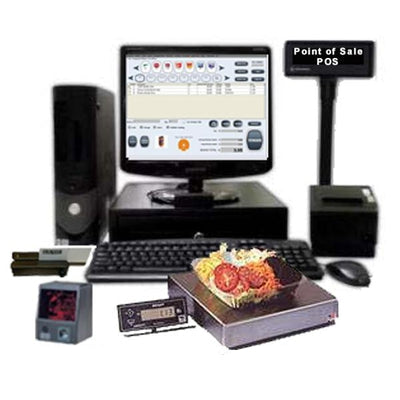The tools that power the retail and service sector are evolving. The modern POS system is at the heart of this evolution. It’s a mix of sytems and equipment that extend beyond cash registers, receipts, and other essential features. It’s not just about collecting money. Point of Sales Experience has become focused on operational intelligence, customer insights and seamless integration across the business.
The Heart of the System: How POS Software Goes Beyond Transactions
While a standard setup might be sufficient, POS software can act as central command. It monitors inventory levels as it is sold, updates inventory levels, and provides alerts when the stock levels are running low. It monitors sales history and preferences. Each transaction is turned into a valuable record for future marketing decisions and purchasing.
A reliable POS system’s ability to link departments is one of its lesser-known functions. Instead of handling payroll in isolation such as, for instance, some systems include time clock functionality which directly informs employee schedules and wage calculations. The result is a smoother process and less headaches for the administrator.

If you own a business that has a physical and online presence, today’s POS software has vital syncing capabilities. Store-based products can mirror what’s on the internet in real time which can prevent double-selling and inventory not matching. The shift in consumer behavior towards hybrid purchases which allows shoppers to browse online and pick up their purchases in-store will require this method to be implemented.
Why integration is more important than Ever
Modern POS systems are a great illustration of integration. Gone are the days of having multiple tools that don’t “talk” to one another. A robust POS platform can be defined by its capability to connect sales, inventory management, staff management, and accounting.
Be aware of the user experience. A single scan at checkout can pull up the loyalty points of a customer, apply relevant discounts, and even send an email receipt to their inbox all without slowing the process. Backend, this sale updates revenue totals and stock availability and daily reports. This lets you enjoy a more personal shopping experience as well as reducing mistakes and manual input.
For managers and business owners the level of knowledge is crucial. They can adapt their pricing strategies and react to trends faster with accurate information in real-time.
A Smart Investment with Long-Term Payoff
It’s no wonder that growing numbers of businesses are investing in POS systems. They deliver measurable outcomes. It’s not just in speed and precision, but also in their ability to support smarter decision-making and long-term growth. A properly-implemented Point of Sales system can streamline your business operations and detect patterns you may have missed.
In addition, due to the increase in expectations of consumers an advanced point-of-sale setup becomes an important but unnoticed element of the consumer experience. Today, customers demand speedy checkouts, accurate updates to stock and adaptability in electronic payments. Businesses that meet these requirements create trust and encourage repeat business.
Final Thoughts
A modern POS is much more than a tool to process checkouts. It’s a link between you, your staff and customers. The right point of sale POS software helps you understand your business on a deeper level, offering clarity in decision-making and efficiency in execution.
Becoming competitive in a marketplace means being knowledgeable in the market, flexible and focusing on customers. With a sophisticated integrated POS point of sale system by your side that you’re not only making sales, but you’re creating something that will last.